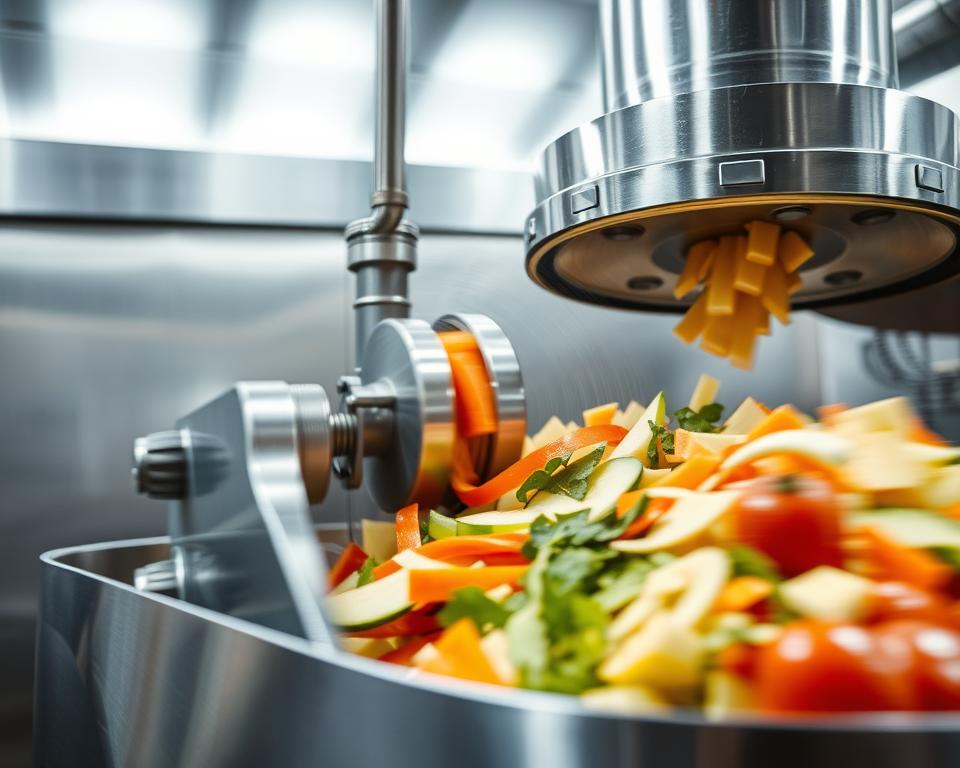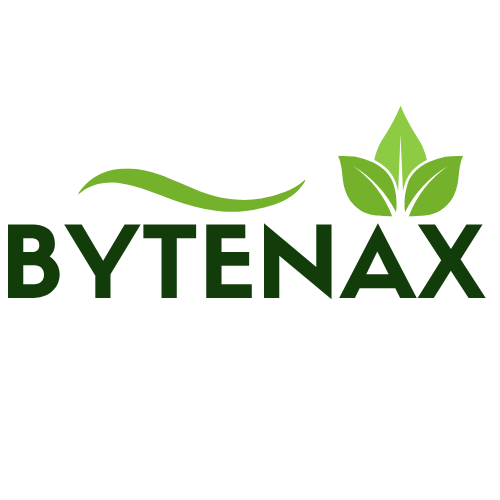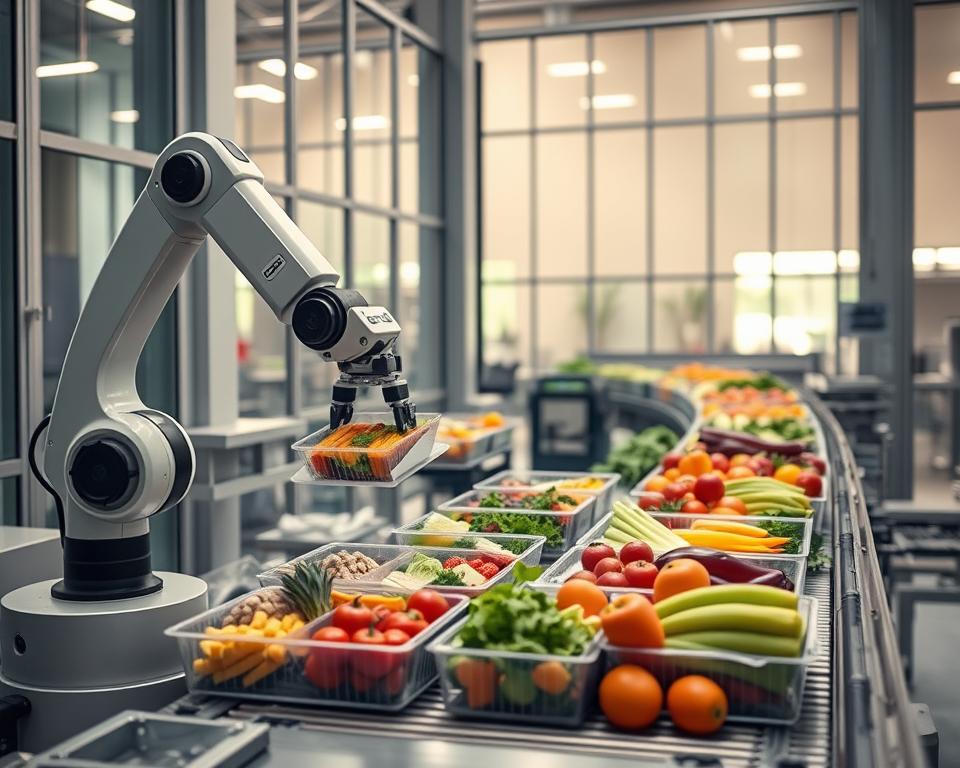Anúncios
What if a single choice in equipment could cut waste, raise yield, and change how you compete?
This Buyer’s Guide gives you a straightforward map to compare equipment and digital platforms that lift product quality while fitting your budget and your operational needs.
You’ll get clear, practical explanations and updated insights on culinary trends, sustainability, and safety. The guide previews examples from small craft kitchens to full production lines.
Since 2017, American Food Tech Group has designed and distributed equipment for dicing, grinding, mixing, portioning, slicing, packaging, and more.
Expect a focus on U.S. standards, NFC-enabled machine data, lease-to-own financing, and a sizable parts inventory. We highlight serviceability, training, and support so you can protect uptime and long-term value.
Anúncios
Read on for friendly, straight talk that separates marketing claims from specs that matter to your operation, and learn how equipment choices connect to supply chains, staffing, and traceability.
Introduction: foodtech tools shaping today’s kitchens and production lines
foodtech tools are reshaping kitchens and production lines across the U.S., bringing clarity to long-running operational challenges.
This Buyer’s Guide matters because your team faces tighter labor markets, shifting supply, and higher expectations for transparency. You’ll find practical ways to cut waste, tighten traceability, and improve daily performance with sensible investments.
Anúncios
Efficiency, safety, and product quality converge when you standardize processes and adopt cloud-ready systems. Unified analytics and real-time inventory reduce manual reconciliations and lower the risk of overproduction or out-of-stocks. Automated workflows also save time and reduce errors.
We treat sustainability as operational practice: durable builds, energy awareness, and fewer rejects support long-term viability. The guide also explains structured development and rollout steps—requirements, QA, UAT, release, and support—so upgrades match your needs and improve adoption.
- Kitchens and plants face rising demands for traceability and resilient operations.
- Smarter systems help teams manage labor, supply swings, and safety expectations.
- Cloud-ready infrastructure and unified dashboards deliver measurable gains in yield and consistency.
How to evaluate equipment and systems for your unique needs
Choosing the right processing line starts with a clear checklist of materials, capacity, safety, and long‑term costs. Use this checklist to match specs to your unique needs and daily rhythms.
Materials and build quality
Select stainless steel frames and smooth welds for food contact surfaces. Solid steel structure resists corrosion and reduces harborage points. That matters in the U.S. food industry and for faster, verifiable cleaning.
Capacity and scalability
Compare models by batch size, duty cycle, and peak-week output. Size equipment so it handles holiday spikes without forcing changeouts. Check how the equipment integrates with conveyors and other handling gear.
Safety, sanitation, and compliance
Ask for documented guards, interlocks, emergency stops, and drainage-friendly frames. Verify sanitation-friendly disassembly and IP-rated components to support your verified processes.
Total cost of ownership
Count energy draw, consumables, and spare‑part availability. Explore a lease-to-own program and confirm technician response times and remote support. NFC-enabled maintenance notes speed audits and troubleshooting, making the whole system a more resilient solution.
Tip: favor suppliers that design in California, keep a large parts inventory, and back machines with trained technicians to protect uptime and quality.
Core processing foodtech tools: from tumbling to slicing
Key processing stations shape texture, yield, and consistency across every batch on your line. Below are plain descriptions and fast comparison points so you can match equipment to capacity, staff skills, and product goals.

Vacuum tumblers
The AFTG SL500 uses dual rotation and vacuum action with dual‑action fins to speed brine uptake and boost moisture retention. This improves texture and gives consistent results across beef, pork, poultry, and fish.
Vacuum stuffers
Rotary vane fillers keep fill pressure steady for uniform casing load. Models with automatic twisting and cart lifters cut operator strain and match the speed of clippers or high‑speed twisting lines for sausages and hotdogs.
Bowl choppers & emulsifiers
Industrial bowl choppers chop, mix, and emulsify to target particle size. That raises density, reduces air pockets, and makes downstream slicing cleaner and more stable.
Slicers and dicers
Portion slicers pair a German blade with HMI controls to tune knife and belt speed for fresh, chilled, or near‑frozen product. Horizontal multi‑blade slicers adjust from 3 to 50 mm for repeatability.
Frozen meat dicers swap blade carriers to make dice, strips, or slices on one machine—expanding your range without adding stations.
Sanitation tunnels & gates
Sanitary gates and hygiene tunnels standardize entry protocols and lower contamination risk where teams work close together. NFC access and mobile machine data speed audits and maintenance.
- Buyer’s tip: favor stainless steel frames for easy cleaning and check HMI simplicity so cross‑trained crews run at full production speed.
Digital backbone: integrating ordering, inventory, and analytics
A unified digital backbone turns scattershot ordering and spreadsheets into one live source of truth for your kitchens and plants.
The right system removes silos so staff stop reconciling lists and start managing guests and production. You get a single view that syncs menus, pricing, and availability across locations.
Eliminating silos
Replace fragmented systems with one integration strategy that centralizes sales, procurement, and production. That reduces errors and speeds decision making.
Real-time supply chain and inventory
Live dashboards show stock levels, inbound deliveries, and items nearing expiration. This supports rotation and handling that cut waste and spoilage.
Customer engagement
Layer personalization, loyalty, and order tracking into your apps to boost repeat visits and trust. Order visibility gives guests confidence and reduces support calls.
Cloud-ready, secure infrastructure
Choose cloud-ready platforms with encryption and strong authentication so you can scale at peak times without downtime. Security and U.S.-focused support keep operations compliant and resilient.
NFC and smart access to machine data
Feed NFC-enabled machine insights into your backbone. Mobile access to runtime, utilization, and maintenance flags speeds fixes and smarter scheduling.
- Practical wins: automated low-stock alerts and purchase suggestions prevent outages.
- Roadmap: Free Analysis → Requirements → Concept Verification → QA → UAT → Release → Support & Maintenance.
- Outcome: centralized analytics lets finance, operations, and marketing act from one source of truth.
Automation, AI, and line integration to boost productivity
Practical AI and line automation cut errors, speed cycles, and free staff to focus on quality.
Automated workflows to reduce manual errors and save time
Start with targeted automation like recipe programs, auto-weights, and simple sensor checks. These steps trim rework and keep speed consistent during long production runs.
Result: fewer stops, steadier throughput, and measurable productivity gains.
AI-assisted forecasting and menu optimization for data-driven strategy
Use AI models to forecast demand and guide menu planning. Unified analytics align procurement and batching with real signals, cutting rush orders and overproduction.
Cloud-ready tech and live dashboards let supervisors see orders, inventory, and machine status in real time.
End-to-end line integration: filling, clipping, slicing, and packaging
Link filling, clipping, slicing, and packaging so products transfer smoothly and operators handle exceptions — not constant fixes. Design modular cells and buffer zones so you add capacity without retraining the whole floor.
- Pair automation with clear SOPs and training to protect safety and compliance.
- Measure OEE, yield, and on-time completion weekly to find quick wins.
- Keep development iterative: pilot, validate, then scale for steady growth.
Pro tip: proven collaborations with Shawarmer and Alamar show integrated lines deliver real ROI when paired with clear KPIs and phased rollout.
From plan to production: a practical implementation roadmap
Turn plans into predictable output by following a clear, staged path from discovery to live operation.
Start with discovery. Run a workshop to capture business goals, compliance limits, and your unique needs. Translate those items into measurable requirements that every customer stakeholder can sign off on.
Defining requirements and concept verification
Build a concept and simulate material, staff, and data flows. Simulation helps you spot bottlenecks in lines and inefficiencies before you buy equipment or commit a development budget.
Quality assurance, user acceptance testing, release, and ongoing support
Plan QA cases that mirror real processing days: changeovers, sanitation windows, and exception handling. Then run UAT with frontline staff to capture ergonomics and interface feedback.
- Stage release by site or department to control time-to-value.
- Create role-based training and a short microlearning program.
- Define support tiers, spare-part lists, and SLAs for peak sales periods.
Close the loop: use continuous improvement reviews to align customer feedback, operational metrics, and the next development sprint. Proven expertise with Shawarmer and Alamar shows this program works across the U.S. industry.
Conclusion
,Use these final pointers to make buying decisions that protect uptime, product quality, and your team’s time.
Be practical. Prioritize durable stainless steel equipment, easy service access, and intuitive controls. Pair those machines with unified systems and cloud-ready analytics so inventory and production stay visible and predictable.
Insist on demos and trials. Check cut quality, speed, and how settings match your SKUs and staffing. Balance peak capacity with flexible changeovers to meet sales demands without sacrificing consistency.
Measure outcomes—yield, uptime, order accuracy—and work with partners who offer NFC-enabled insights, parts, financing, and field expertise. Treat automation as a staged step so you avoid unnecessary complexity and inefficiencies.
Finally, explore food culture responsibly, choose solutions food and equipment that fit your values, and consult qualified professionals for any health-related guidance.



